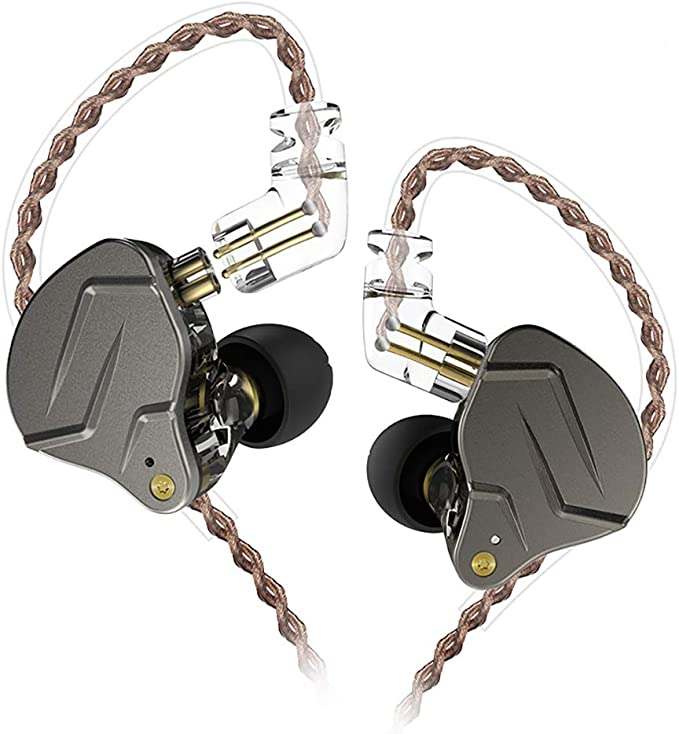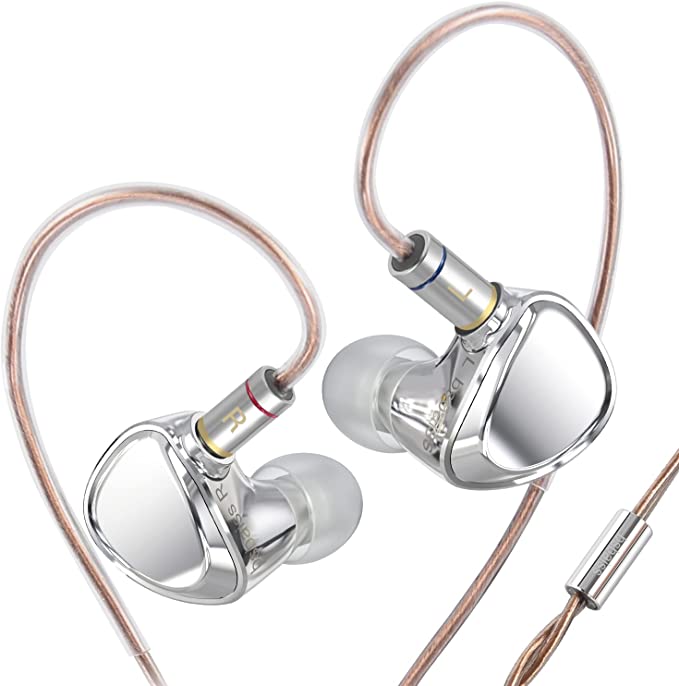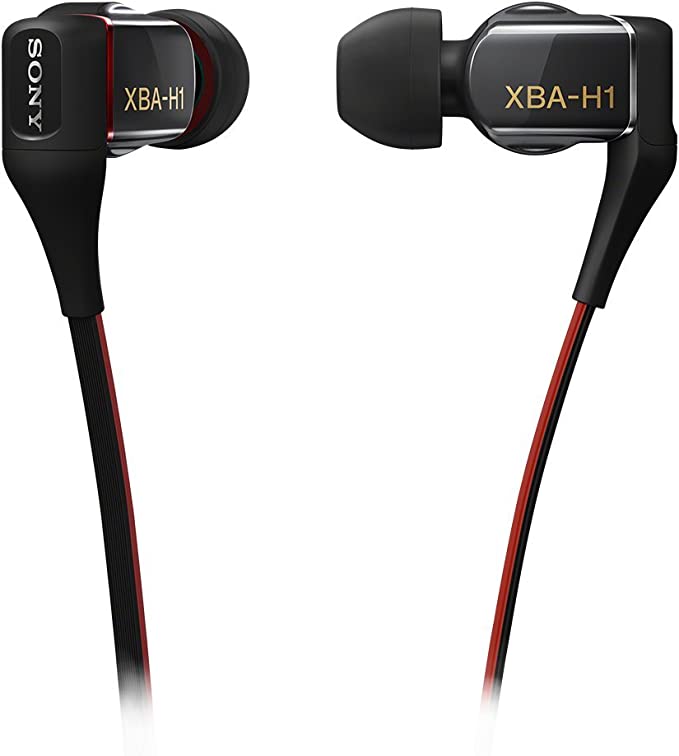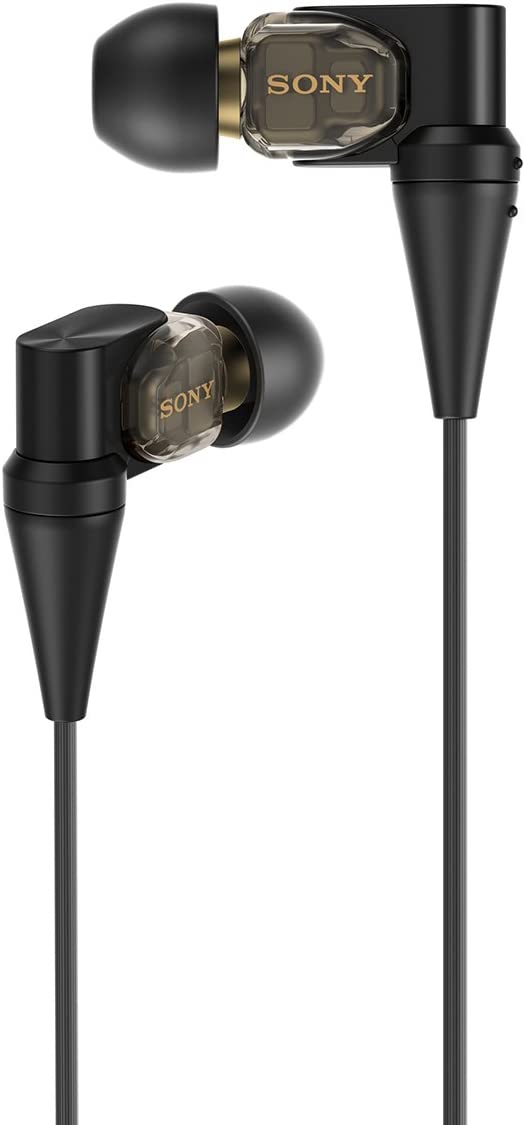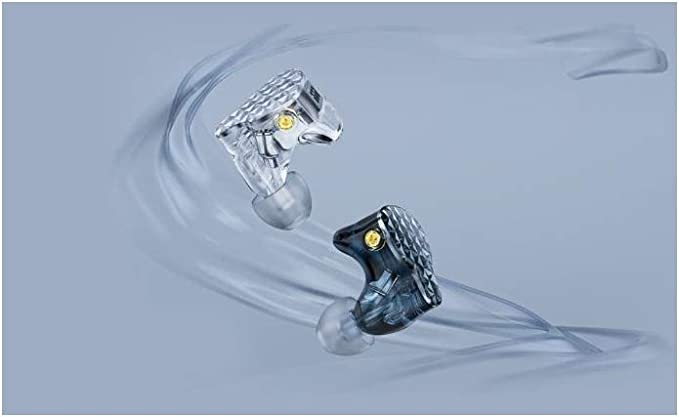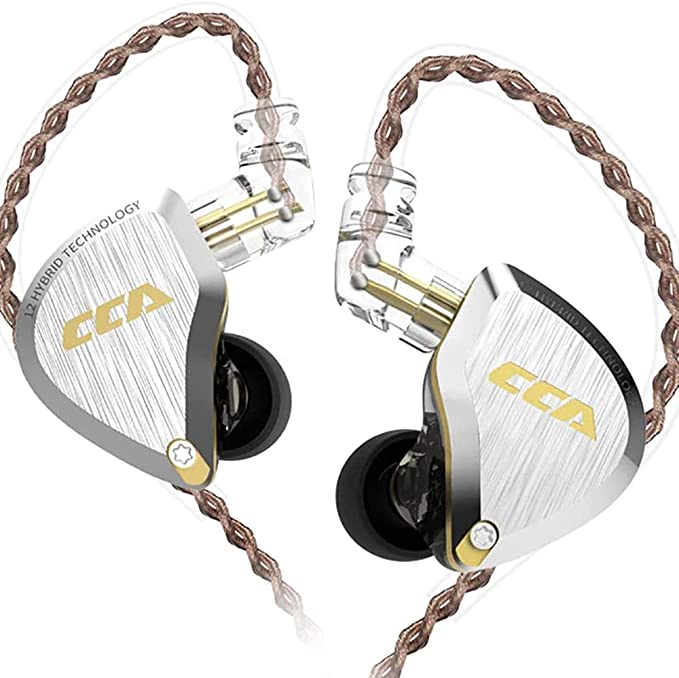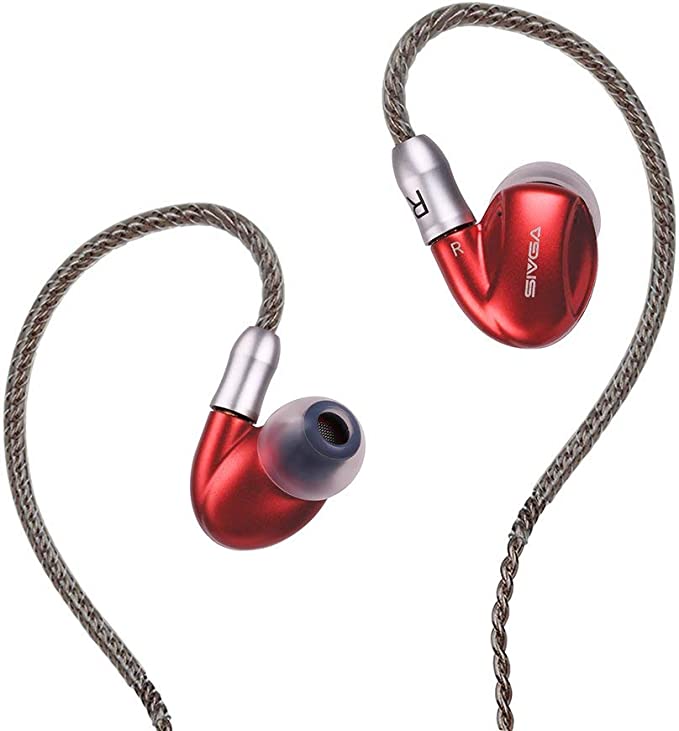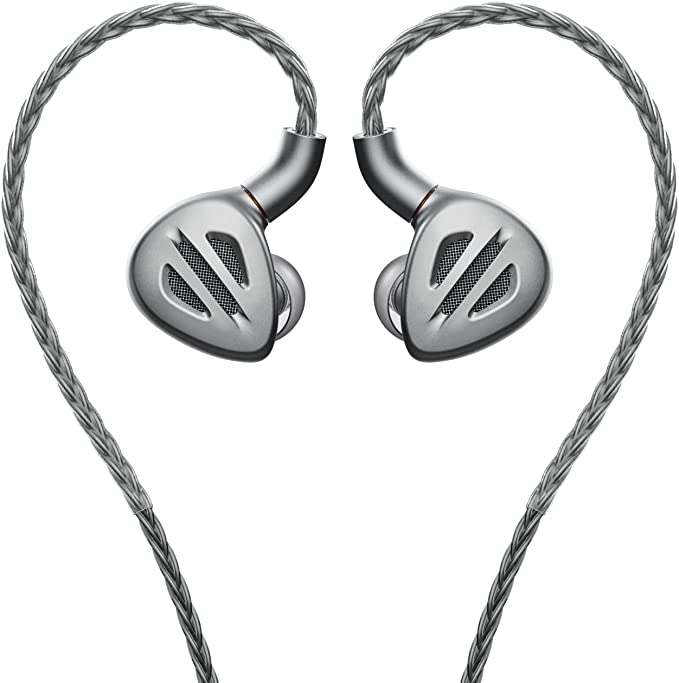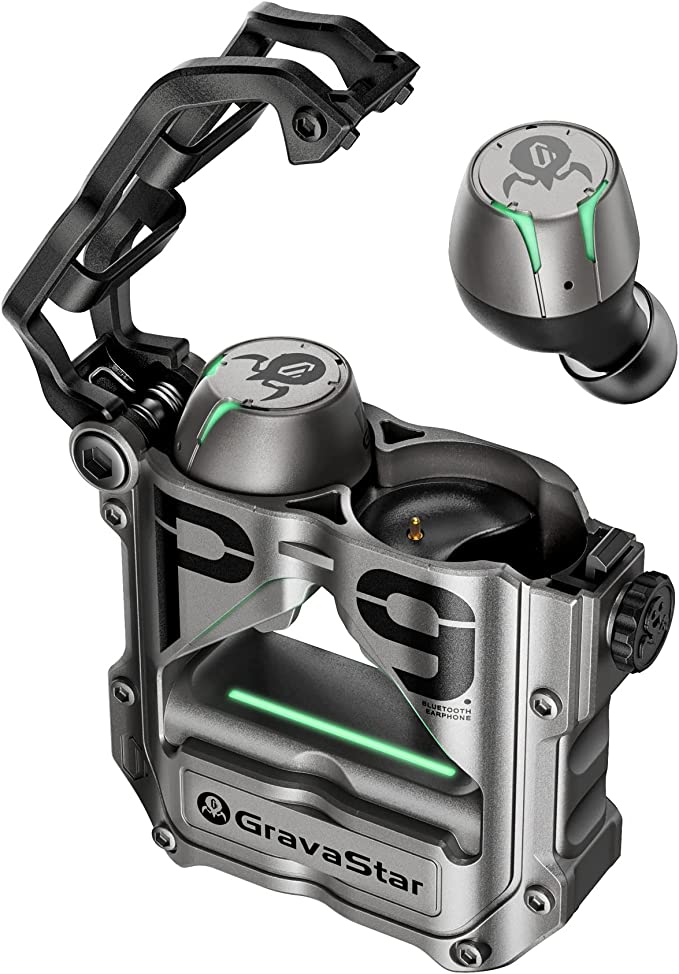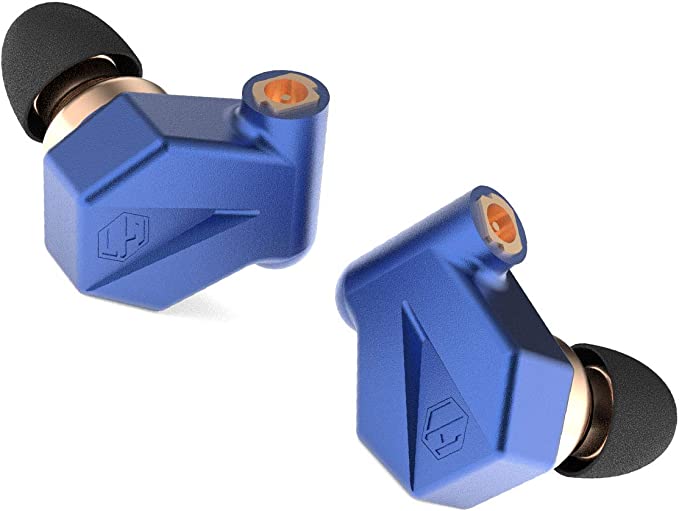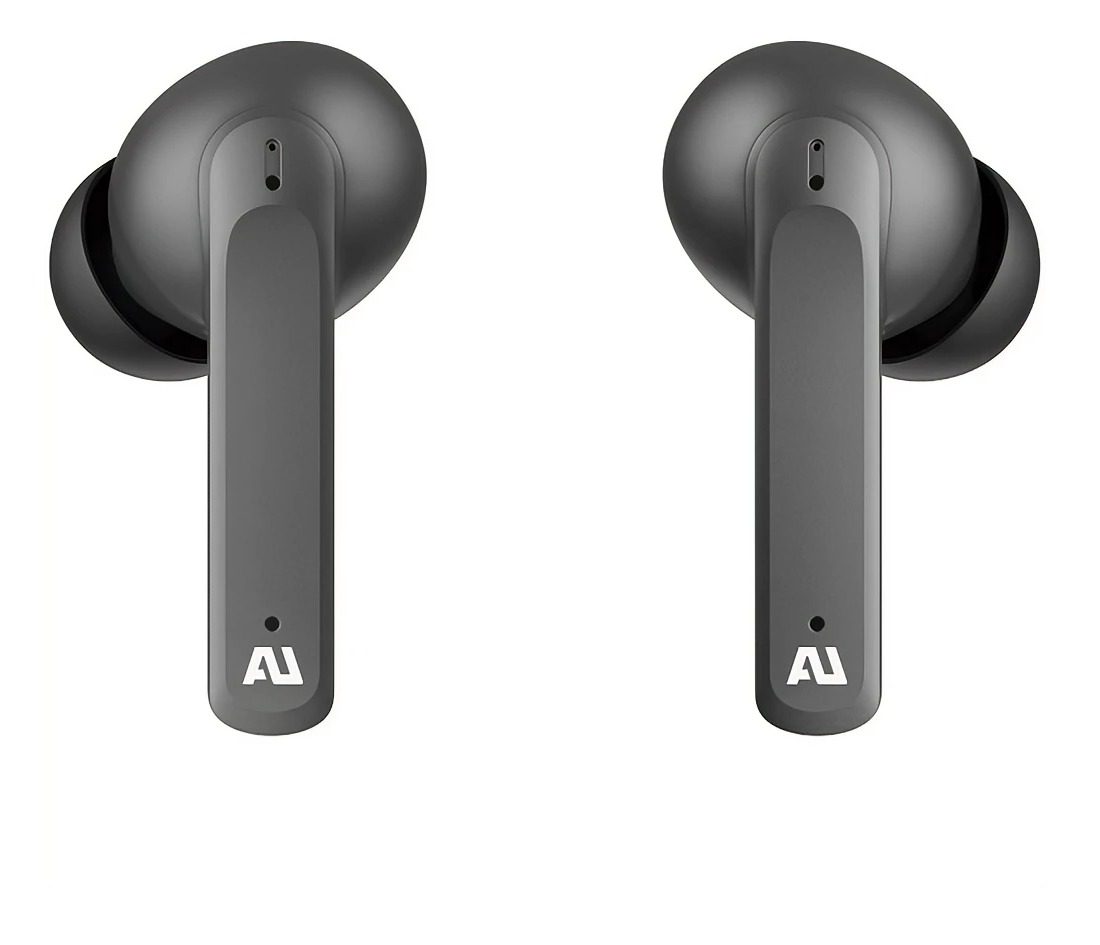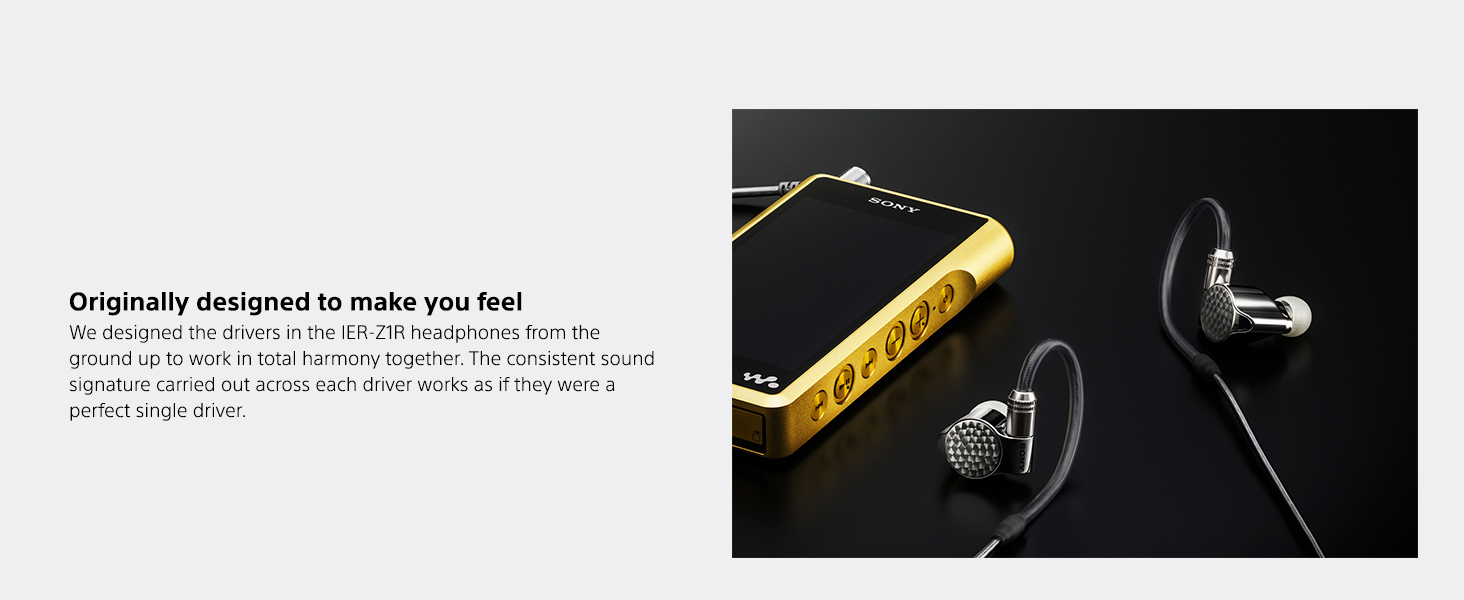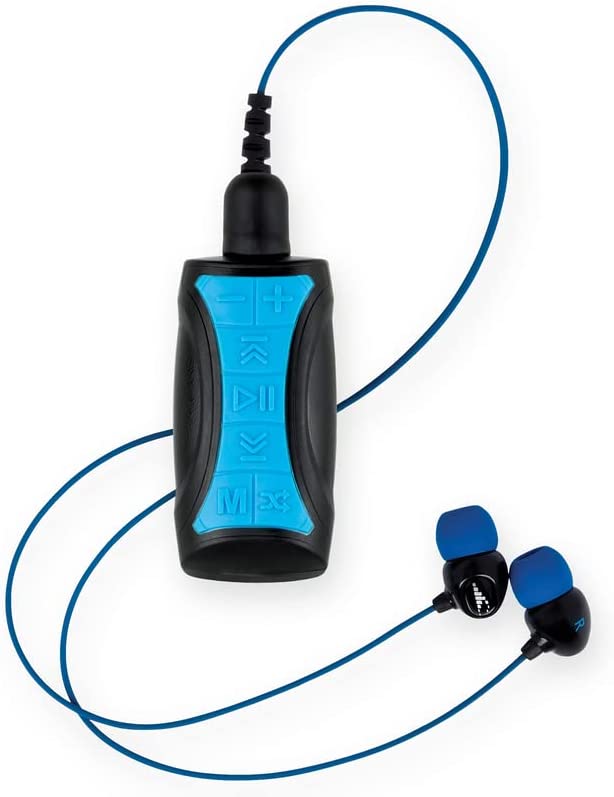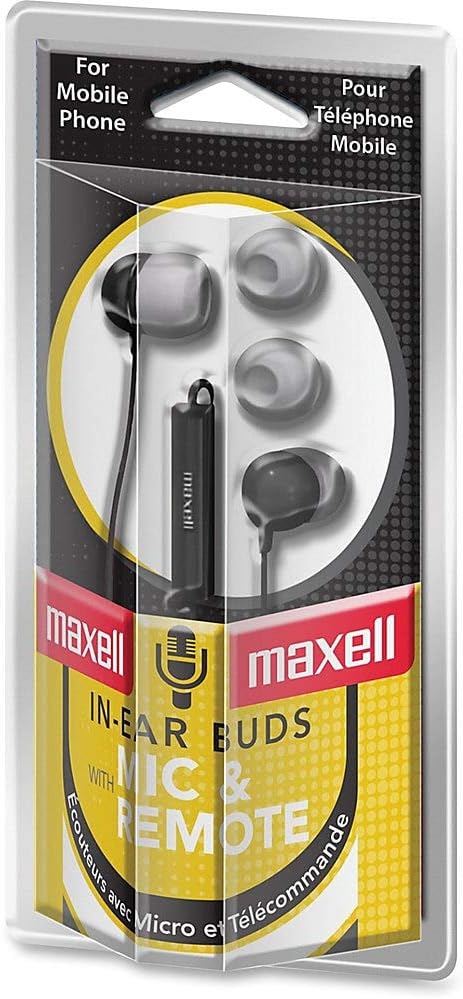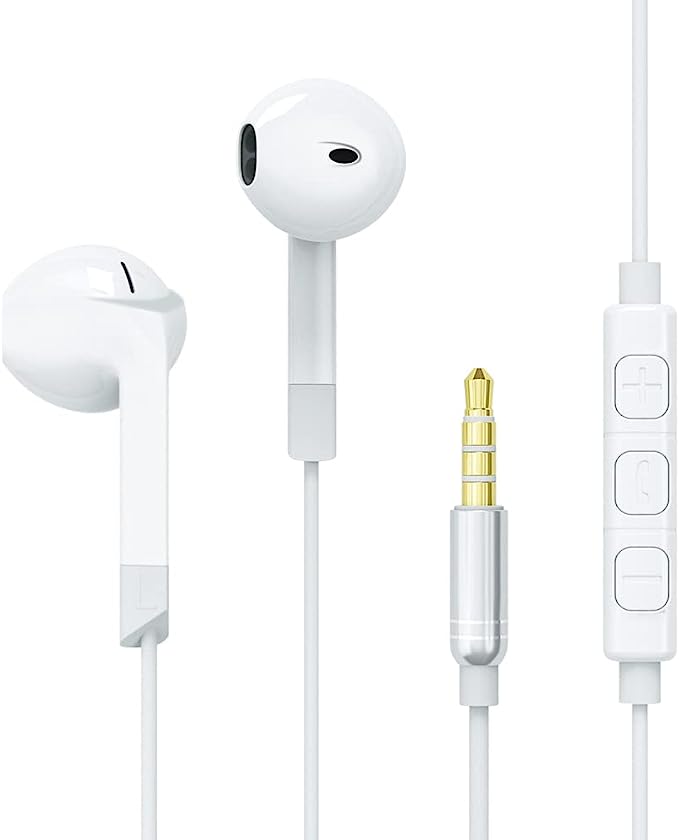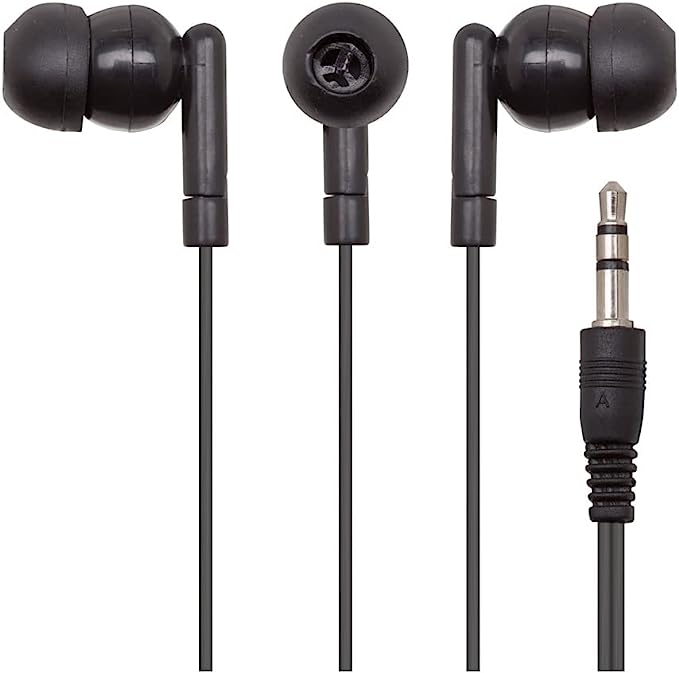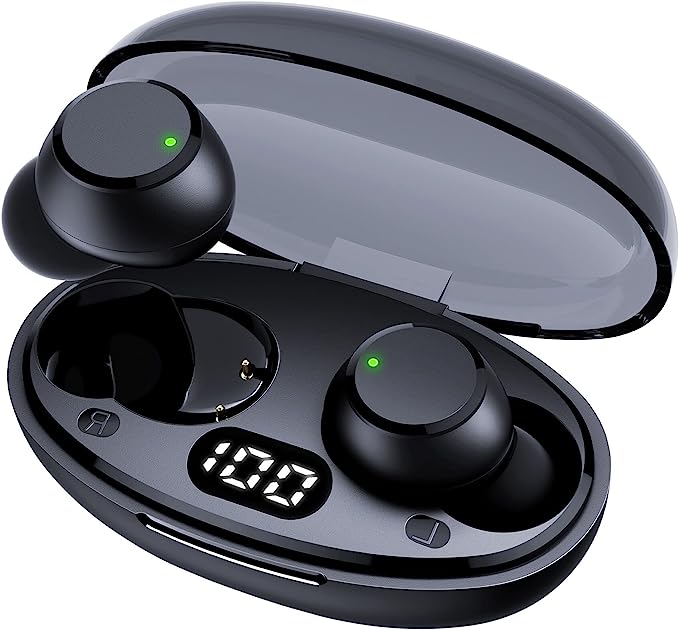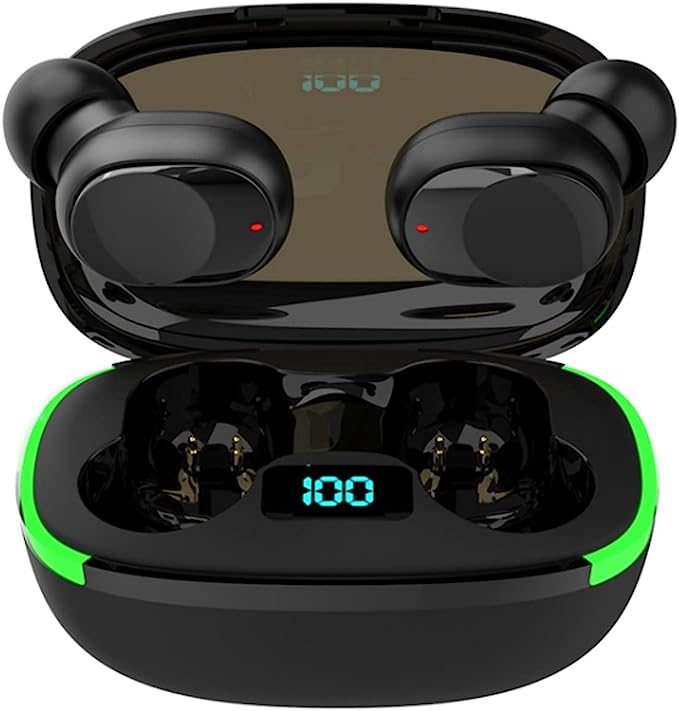Light Harmonic Oscar XXI: Unveiling the Science Behind 21-Driver In-Ear Monitors
Update on Feb. 22, 2025, 8:50 a.m.
A Sonic Revolution: The Rise of Multi-Driver IEMs
The world of personal audio has undergone a fascinating transformation in recent years. The ubiquitous earbuds that once came bundled with our smartphones have given way to a dazzling array of sophisticated in-ear monitors (IEMs). And within this evolving landscape, a particular trend has captured the attention of audiophiles and casual listeners alike: the rise of multi-driver IEMs. Instead of relying on a single driver to reproduce the entire audio spectrum, these intricate devices employ multiple miniature drivers, each dedicated to a specific range of frequencies. One of the most ambitious examples of this trend is the Light Harmonic Oscar XXI, a technological marvel packing an astonishing 21 balanced armature drivers into each earpiece. But why so many? And how do they all work together?

Tiny Drivers, Big Sound: The Magic of Balanced Armatures
To understand the Oscar XXI, we first need to delve into the heart of its technology: the balanced armature (BA) driver. Unlike the dynamic drivers found in most headphones, which use a voice coil and diaphragm similar to a miniature loudspeaker, BA drivers operate on a different principle. Imagine a tiny seesaw, perfectly balanced in the middle. This “seesaw” is a small metal reed, and it sits within a magnetic field. When an electrical signal – your music – passes through a coil wrapped around the reed, it creates a magnetic force that causes the reed to pivot. This rapid vibration is then transferred to a diaphragm, which in turn produces sound waves.
The term “balanced armature” comes from the fact that the armature (the moving part) is balanced in the center of the magnetic field. This design makes the driver highly efficient and incredibly responsive. It can react very quickly to changes in the audio signal, allowing it to reproduce intricate details and subtle nuances in the music, particularly in the mid and high frequencies. Think of it like a highly skilled calligrapher, able to render the finest strokes with precision, compared to a painter using a broader brush (the dynamic driver). While dynamic are known for bass, BA have traditionally been known for detail.

The Quest for Perfect Harmony: The Challenges of Multi-Driver Design
If a single BA driver offers such advantages, why not just use one? While a single, well-designed BA driver can sound excellent, it has limitations. Reproducing the entire audible frequency range – from the deepest bass to the highest treble – is a demanding task for any single driver. It’s like asking a single singer to cover the entire vocal range of an opera, from the booming bass to the soaring soprano.
Using multiple drivers, each tailored to a specific frequency range, allows for greater overall fidelity. However, this approach introduces a new set of challenges. It’s like assembling an orchestra: you need all the instruments to play in harmony, not compete with each other.
- Crossovers: Dividing the Sound Spectrum: The first hurdle is dividing the audio signal into different frequency ranges, directing the lows to the bass drivers, the mids to the midrange drivers, and the highs to the tweeters. This is the job of the crossover network, a sophisticated electronic circuit that acts like a traffic controller for sound. A poorly designed crossover can result in an uneven frequency response, making some instruments sound too loud or too quiet, and creating a disjointed, unnatural sound.
- Phase Alignment: The Key to Coherence: Even with a well-designed crossover, there’s another crucial factor: phase. Sound waves are, well, waves. They have peaks and troughs. If the sound waves from different drivers reach your ear at slightly different times – out of phase – they can interfere with each other. This interference can cause cancellations (where sounds effectively “erase” each other) and reinforcements (where sounds become artificially louder), leading to a muddy, distorted sound and a collapsed soundstage. Imagine listening to a choir where each singer is a fraction of a second off – the result would be a chaotic mess.
Inside the Oscar XXI: A Symphony of 21 Drivers
The Light Harmonic Oscar XXI addresses these challenges with a truly remarkable feat of engineering. Its 21 BA drivers per ear are meticulously arranged and controlled to work in perfect unison.
- The Low-End Powerhouse: 2 Ultra-Low + 2 Low Drivers: Bass frequencies require moving a lot of air. The Oscar XXI dedicates four drivers to this task: two “ultra-low” drivers, specifically designed for the deepest bass notes, and two “low” drivers that handle the upper bass and transition smoothly into the midrange. Light Harmonic uses a resonance-free chamber and 3D-printed brackets to ensure that these drivers deliver a powerful and well-controlled low-end response, reaching down to a subterranean 18 Hz.
- Vocal Clarity: 8 Mid + 4 Mid-High Drivers: The human voice, along with many musical instruments, resides primarily in the midrange frequencies. This is also the range where our ears are most sensitive. The Oscar XXI dedicates a remarkable 12 drivers to this critical region: eight for the core midrange and four for the upper midrange. This abundance of drivers allows for exceptionally low distortion and accurate reproduction of vocals and instruments, ensuring that every nuance and detail is faithfully conveyed.
- High-Frequency Detail: 4 High + 1 Ultra-High Drivers: The high frequencies add sparkle, air, and detail to music. Think of the shimmer of cymbals, the breathiness of a flute, or the crisp attack of a plucked string. The Oscar XXI uses four high-frequency drivers and one “ultra-high” driver to capture these delicate sounds with precision and clarity.
The ZPEX (Zero Phase Error) 4-way crossover network is the conductor of this sonic orchestra. It ensures that the signals reaching each driver are perfectly timed, eliminating phase-related distortions and creating a coherent, three-dimensional soundstage.

Beyond the Drivers: Acoustic Innovations
The Oscar XXI’s exceptional performance isn’t solely due to the sheer number of drivers. Light Harmonic has also incorporated several innovative acoustic designs:
-
HBSC: Taming Resonance for Clarity: The Hexagon Back Sound Chamber (HBSC) is a patented design that addresses a common problem in IEMs: resonance. Just like a bell vibrates at a specific frequency when struck, the enclosure of an IEM can also vibrate, creating unwanted resonances that color the sound and reduce clarity. The HBSC’s hexagonal shape and rigid titanium construction minimize these resonances, resulting in a cleaner, more transparent sound. Think of it like a perfectly damped room, where sound reflections are controlled, allowing you to hear the music itself, not the room’s acoustics.
-
CAAD: Smoothing the High Frequencies: The Copper Alloy Acoustic Damping (CAAD) G2 is another proprietary technology, this time focusing on the front housing of the IEM. The specially shaped copper alloy stem helps to smooth out the delivery of high frequencies, reducing any harshness or sibilance (the exaggerated “s” sounds that can sometimes occur in recordings). This ensures that the high frequencies are detailed and refined, without being fatiguing to listen to.
The Art of Listening: What to Expect from the Oscar XXI
Describing sound in words is always a challenge, but based on its design and technology, we can make some educated inferences about the Oscar XXI’s sonic signature. Expect a highly detailed and resolving sound, with exceptional clarity across the entire frequency spectrum. The bass should be deep and powerful, yet well-controlled, without overpowering the other frequencies. The midrange should be exceptionally clear and accurate, allowing vocals and instruments to shine through with lifelike realism. The high frequencies should be extended and airy, providing a sense of spaciousness and detail. The overall presentation should be coherent and balanced, with a wide and deep soundstage that allows you to pinpoint the location of individual instruments in a recording. It’s a sound signature geared toward accuracy and transparency, revealing the nuances of your music in all their glory.
More Than Meets the Eye: Build Quality and Design
Beyond the internal technology, the Oscar XXI also boasts premium build quality. The earpieces are crafted from titanium, a lightweight yet incredibly strong material that also has excellent acoustic properties. The detachable cable is hand-made, using a combination of oxygen-free copper (OFC) and silver-plated OFC conductors for optimal signal transmission. It connects to the earpieces via a standard 2-pin connector, allowing for easy cable replacement or upgrades. The 2.5mm TRRS balanced connector is designed for use with high-end digital audio players that offer balanced output, which can further improve sound quality by reducing noise and crosstalk.
A Look at the Legacy
The development of in-ear monitors has a history rooted in practicality. Initially created for musicians to hear themselves clearly on stage amidst loud instruments, they offered a way to isolate sound and deliver a personalized mix directly to the performer’s ears. This technology, born out of necessity, eventually found its way into the consumer market, offering a portable and immersive listening experience.
Balanced armature drivers, too, have a unique past. Originally developed for hearing aids, their small size and efficiency made them ideal for discreet and power-conscious applications. Audiophiles and engineers soon recognized their potential for high-fidelity audio reproduction, and the rest, as they say, is history.

Conclusion: Pushing the Boundaries of In-Ear Audio
The Light Harmonic Oscar XXI represents a bold step forward in the evolution of in-ear monitors. It’s a testament to the power of innovative engineering and a relentless pursuit of sonic excellence. While its price tag places it firmly in the realm of high-end audio, it offers a glimpse into the future of personal listening, where technology and artistry combine to create truly immersive and breathtaking sound experiences. It demonstrates that even in the smallest of spaces, remarkable feats of acoustic engineering are possible.
